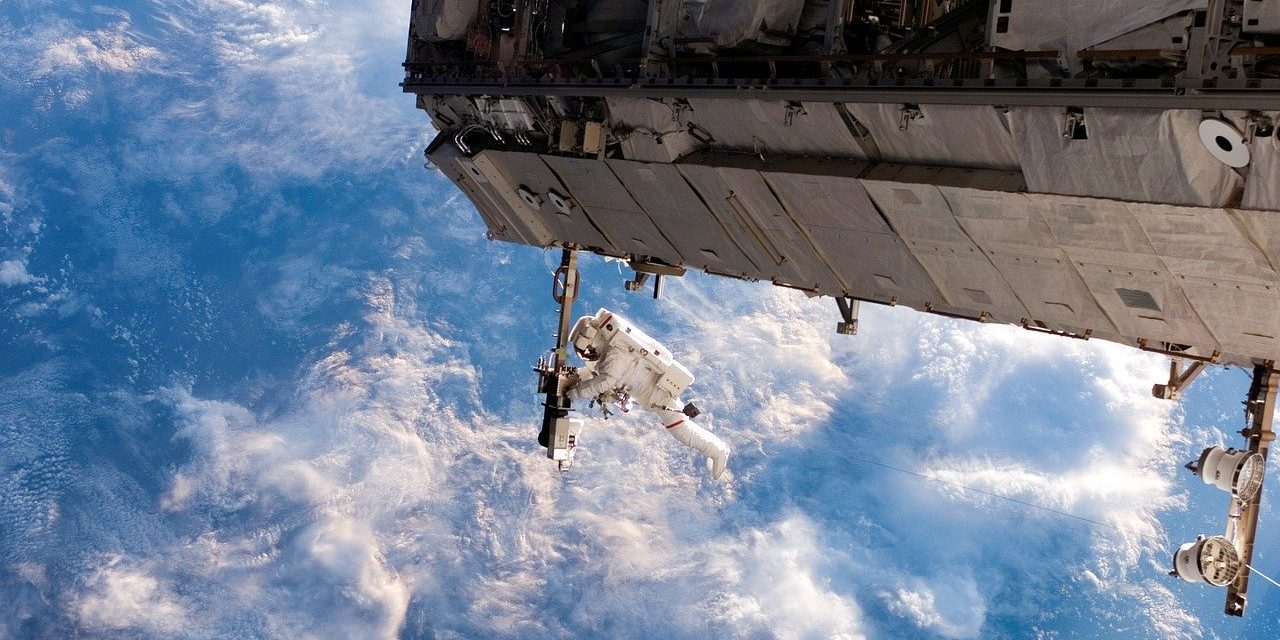
Water and oxygen at ISS are recycled
Recommended for Middle Grades
Since the year 2000, the International Space Station (ISS) has been home to at least one human being at a time. But how do astronauts get water and oxygen at ISS?
Humans need food, water, and air to survive. On the ISS, food is delivered regularly from Earth. But the water and oxygen at ISS are produced or recycled there itself.
How is water and oxygen at ISS recycled?
The systems for recycling oxygen on the ISS are similar to those found in submarines.
The systems of water and oxygen at ISS consist of two main elements. They are called the Water Reclamation System (WRS) and the Oxygen Generation System (OGS). These two systems need each other to function properly.
The WRS collects water from urine, humidity, etc, which is then purified for use. Freshwater is also sent from Earth regularly to add to the supply.
A part of the water is used to create oxygen. This is done by the OGS. It uses a process called electrolysis to split water (which is made of oxygen and hydrogen) into hydrogen and oxygen separately.
The oxygen is used for breathing. The hydrogen gas is then fed into a system called the Sabatier System, which converts it back into the water.
Don’t worry, in case the main system fails, there are also emergency tanks of oxygen.
There is another backup to create oxygen called a solid-fuel oxygen generator (SFOG) or Vika System. It uses chemicals to generate oxygen. However, it is kind of dangerous and is used only in absolute emergencies.
Curious Times Logo
To keep yourself updated do not miss out on reading Curious Times – a news website for children. Participate in our regular quizzes and various creative challenges. We are also delighted to publish what children send to us in My Expressions. You can also reach out to us on WhatsApp, Instagram, Facebook. Youtube, Twitter, Linked In, Or write to us at hello@curioustimes.in.
0 (Please login to give a Curious Clap to your friend.)
